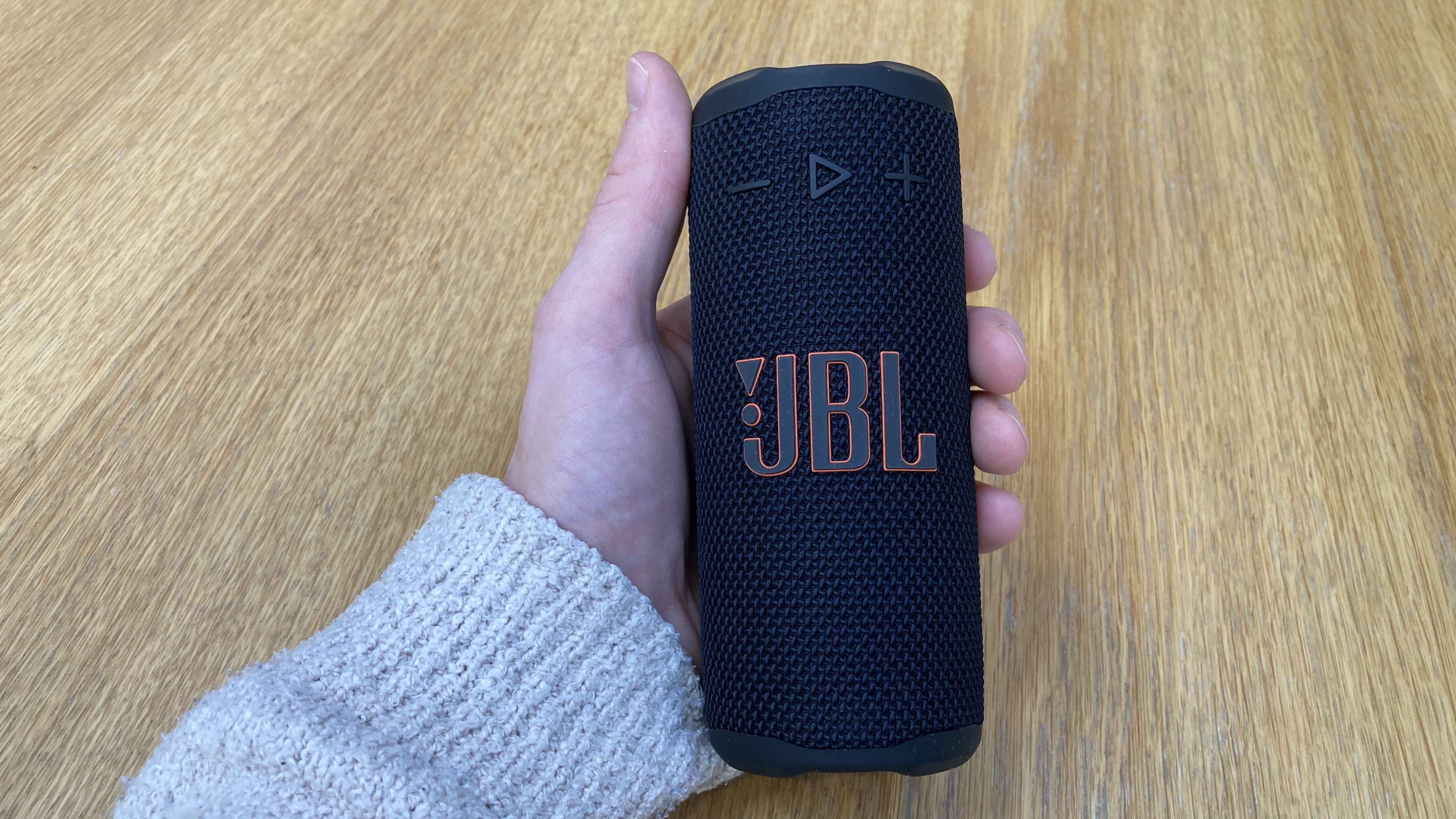Bose Smart Ultra Soundbar vs Sonos Arc: what are the differences?
Can Bose's latest bar take on the mighty Arc?
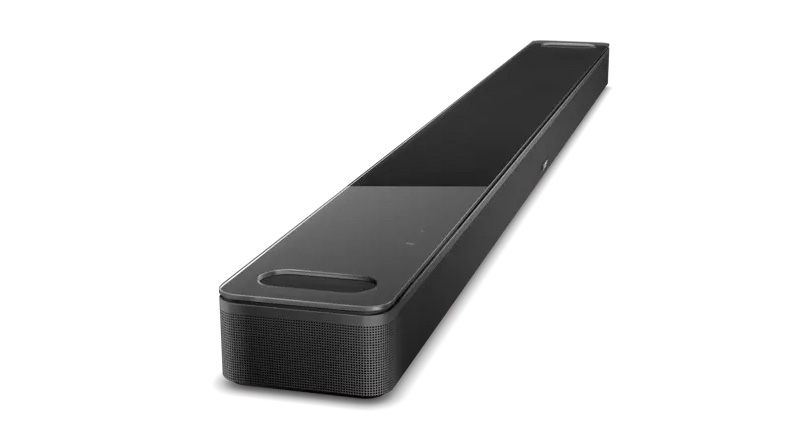
Connections HDMI (eARC), optical, ethernet, Bluetooth 5.0
Surround format support Dolby Atmos, Dolby True HD, Dolby Digital+, Dolby Digital
Dimensions (hwd) 5.8 x 105 x 11cm
Weight 5.8kg
The Bose Smart Ultra Soundbar is a solid, well-built unit that presents immersive audio with excellent height and width. Its app is simple to use and the Bose offers good connectivity options and solid build quality. However, the audio can sound congested and lacks the emotional impact and dynamics provided by some rivals, which is disappointing at this price.
Pros
- Expansive sonic presentation
- Solid build quality
- Intuitive, responsive app
Cons
- Congested midrange
- Disappointing dynamics
- Tough competition
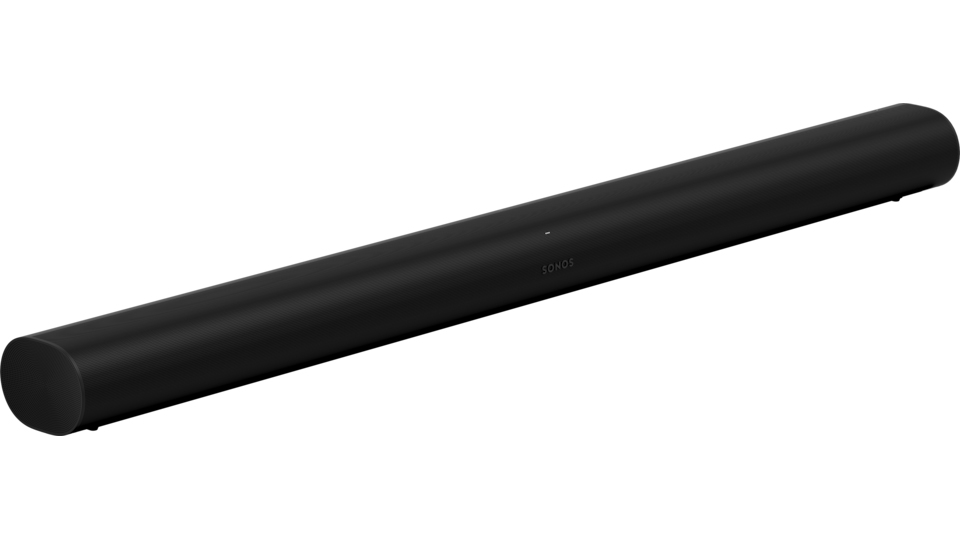
Connections HDMI (eARC), optical, ethernet
Surround format support Dolby Atmos, Dolby True HD, Dolby Digital+, Dolby Digital, DTS
Dimensions (hwd) 8.7 x 114 x 12cm
Weight 6.3 kg
At this price point, the Sonos Arc still sets the benchmark, offering excellent sound quality and dynamic expression. Music and movie audio sounds finessed and detailed, with more nuanced or delicate elements sounding natural and precise. It's a big bar, but if you've got room for it under your TV set, you won't look back.
Pros
- Convincing Dolby Atmos
- Dynamic, detailed and controlled
- All of the usual Sonos smarts
Cons
- Music could be better projected
- Some rivals sound weightier
- No HDMI pass-through ports
It's no secret that TVs are getting increasingly more visually impressive, packed with all of the latest apps and quality-of-life features to make watching your favourite shows and movies better than ever.
Speakers that come built into TV sets, however, can sometimes leave a lot to be desired. If this is something you’re looking to remedy, it’s worth knowing that an accompanying soundbar can elevate your home cinema experience dramatically.
When it comes to top-tier bars, the Sonos Arc has been a hit since it launched in 2020. We gave it a glowing five-star review, and it is now sitting proudly in our Hall of Fame with a couple of What Hi-Fi? Awards to boot.
How does the Bose Smart Ultra stand up in comparison? Let’s go over everything we found out while we were testing both bars, including how they stack up on the features and sound front.
Bose Smart Ultra Soundbar vs Sonos Arc: price
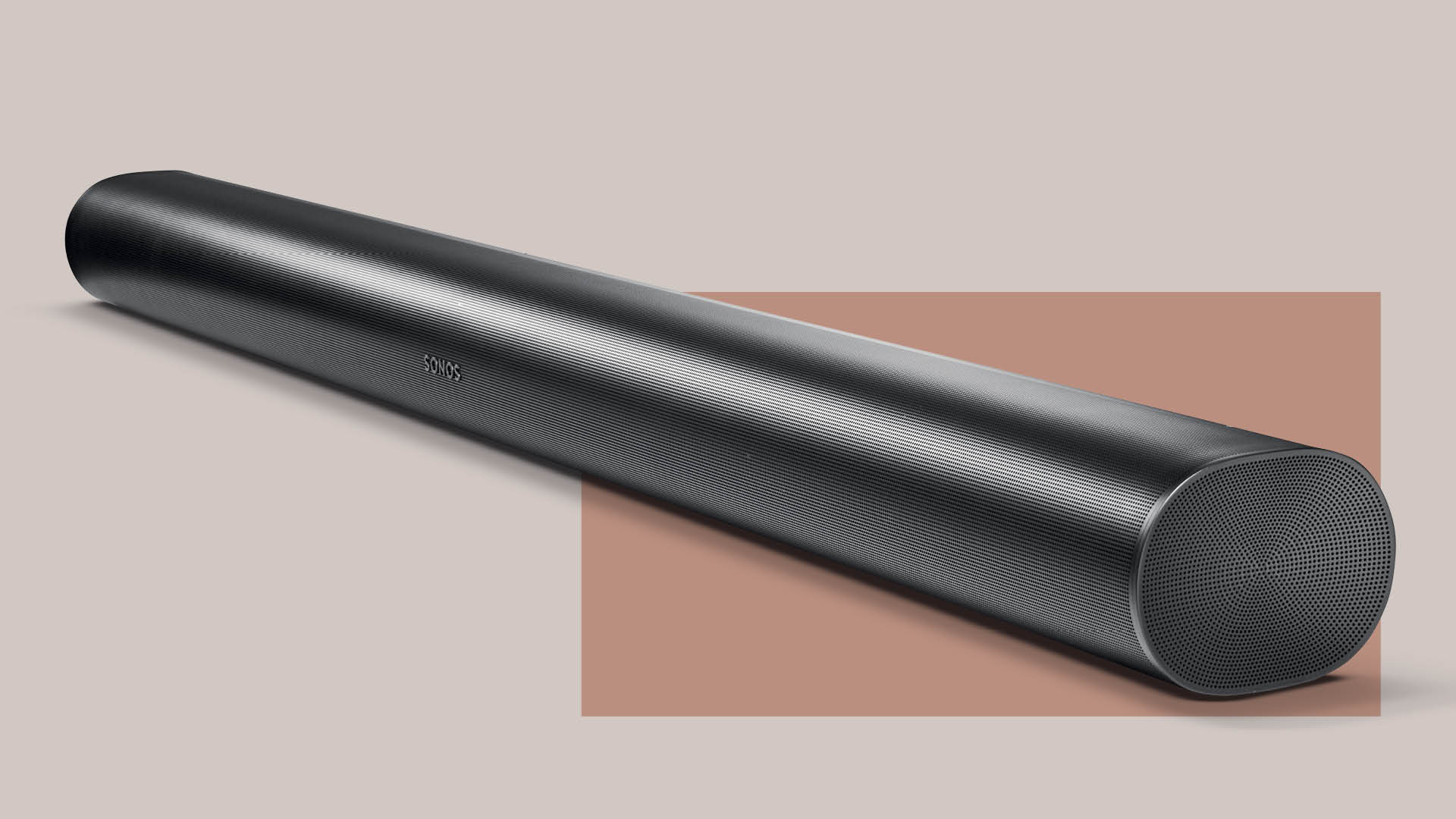
The Bose Smart Ultra Soundbar currently costs £799 / $899 / AU$1499. So far we have seen the UK price drop by £100, but prices in other regions have yet to fall. This price puts it right up against some impressive opposition.
The Sonos Arc launched for £799 / $799 /AU$1399. We have seen the price dip below £700 / $750 / AU$1400 on occasion, though it currently sits around the same price as it did at launch. Historically, some of the best times for discounts are during big sales events like Amazon Prime Day and Black Friday.
Winner: Sonos Arc
The latest hi-fi, home cinema and tech news, reviews, buying advice and deals, direct to your inbox.
Bose Smart Ultra Soundbar vs Sonos Arc: build

The Sonos Arc is a big soundbar, designed to suit larger TVs than the more compact Sonos bars such as the Beam Gen 2. It weighs 6.3kg and measures in at 113cm (45-inches) in width and is most suited to TVs 55-inches and up.
It’s also a fairly tall unit at 8.5cm, which probably won’t obscure your TV’s picture (best to check before purchase, though) but may well be an issue blocking the signals sent from your remote control; or it could have been were it not for the integrated IR repeater, which is enabled by default. We found during our testing that this feature works flawlessly in ensuring the TV receives any signals sent by the remote.
The Arc features a status light shining through four holes above the logo. These lights stay off for most of the time and their brightness is tailored to the ambient lighting in your room to ensure they don’t appear too bright, even when lit. There is also a touch-sensitive play/pause button integrated into the frame of the bar, with two other touch panels that you can use to control volume.
The Sonos Arc can also be wall-mounted using the bespoke Sonos wall mount which costs an extra £69 / $79 / AU$99 – though there are also cheaper third-party options available.
The Bose Smart Ultra Soundbar is 104.5cm in width, so it could be slightly easier to accommodate in your setup. It’s 5.8cm tall, making it shorter than the Arc which could be handy depending on the space available under your TV.
Much like its predecessor, the Smart Soundbar 900, the new bar features a ‘premium glass’ top with a ‘metal grille’ front. As we noted in our review the bar feels well-made, weighty, and robust. It also weighs 5.8kg, so it's slightly lighter than the Sonos Arc.
Overall, both bars are excellently built, feel very solid, and shouldn't disappoint.
Winner: Draw
Bose Smart Ultra Soundbar vs Sonos Arc: features
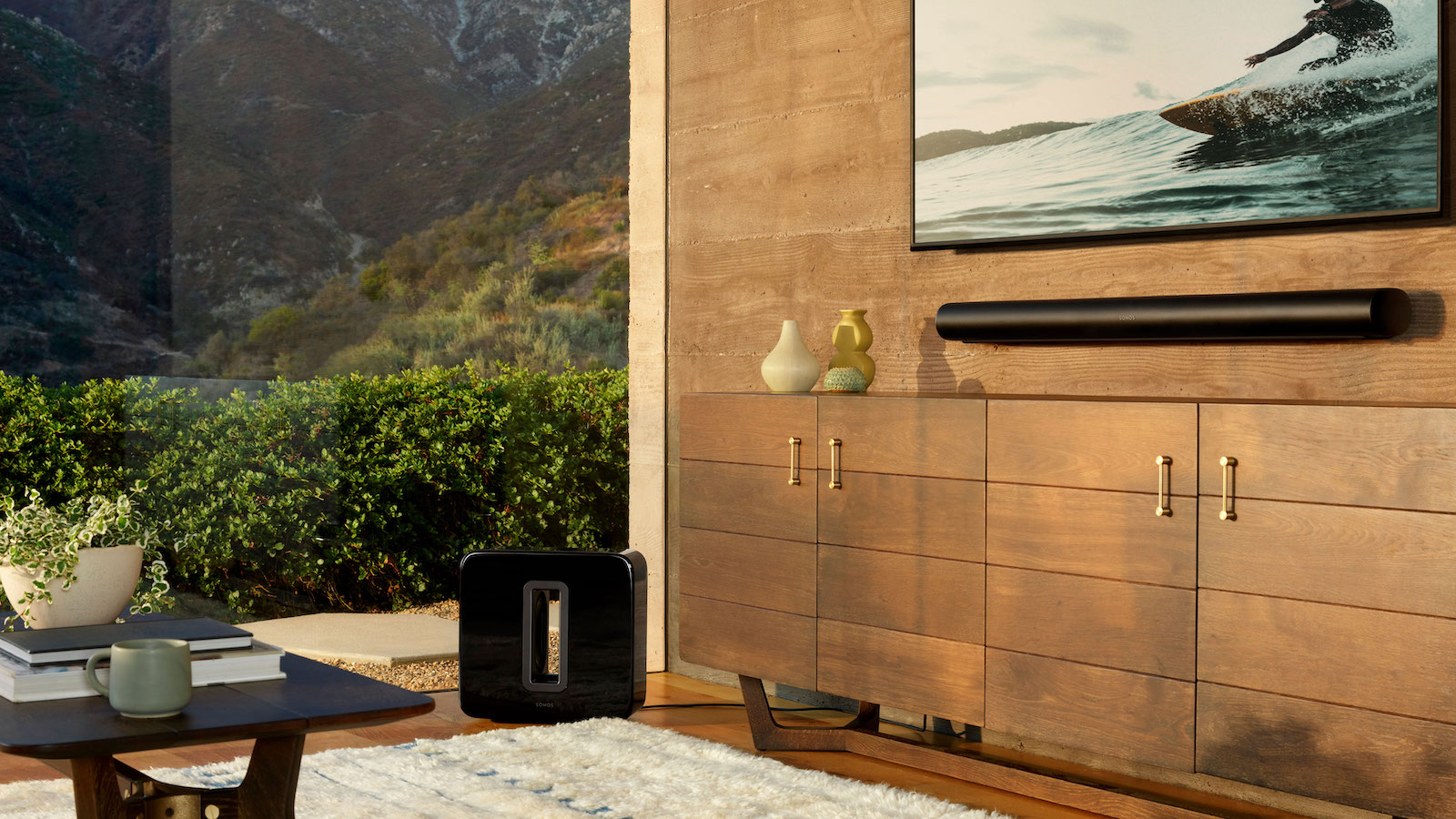
The Sonos Arc features an ethernet connection for wired networking and a single HDMI port for ARC (Audio Return Channel) functionality. It also comes with a Sonos Optical Audio Adapter, in case you have an older model of TV without eARC/ARC capabilities.
The Arc uses speakers to bounce sound off your walls and ceiling to create a 3D audio effect, tailoring the soundfield to your room using Sonos's Trueplay technology.
Users can make use of the Sonos App to adjust equalisation and general parameters – handy if your Arc soundbar is integrated into a wider Sonos ecosystem throughout your home.
The Arc also offers wireless connectivity and playback, appearing as a device in the Spotify and Tidal phone apps. You can also send almost any audio to the bar via AirPlay 2. Alexa and Google Assistant can also control the bar, with four far-field microphones placed along the chassis of the bar to pick up your voice commands.
Moving on to the Smart Ultra Soundbar, Bose has included not only an HDMI eARC connection but also an optical output. Handy if your TV doesn’t feature ARC/eARC capabilities – and no need for an adapter as with the Sonos Arc.
Like the Sonos Arc, the Smart Ultra Soundbar features calibration software, in the form of ADAPTiQ, to help tailor the sound by measuring the properties of your listening environment and adjusting the volume and equalisation accordingly.
Bose has also included its proprietary TruSpace spatial processing which analyses non-Dolby Atmos signals and upmixes them to produce an immersive audio listening experience for any content you are watching, not just Dolby Atmos compatible shows or movies.
Bose offers similar wireless connectivity in its Smart Ultra Soundbar, with wi-fi and Bluetooth capabilities allowing users to access streaming services and AirPlay.
Winner: Draw
Bose Smart Ultra Soundbar vs Sonos Arc: sound

As we noted in our review of the Sonos Arc, not all devices adorned with the Dolby Atmos badge guarantee the quality or immersion you might expect. The Arc, however, provides a convincing Atmos presentation, one of the most impressive we have heard from any soundbar.
It features 11 Class-D digital amplifiers which power three angled silk-dome tweeters and eight elliptical woofers for a full and rich sound across the frequency spectrum.
During our tests, we found that the Arc can produce “weighty and tuneful bass, but the lower frequencies never overwhelm, even at its loudest and deepest”. We also thought that “the treble is clean and sparkly” and that speech and dialogue are “so clearly projected that even in the most mumbly of dramas, we never feel the need to enable the Speech Enhancement feature.”
That overall evenness in its tone helps make the Arc a more musical performer than most soundbars – as you would hope from a company that specialises in multi-room music.
Bose’s new soundbar features nine drivers, including two upward-firing drivers for immersive sound. And it certainly provides this very well, giving the audio a great sense of space and depth.
While we were impressed with the immersive capabilities of the Bose, the overall sound quality is disappointing for the money. The midrange sounds congested and compressed and the highs sound harsh at times. The same sense of conviction and weight you get with bars like the Arc isn't quite there with the Bose, and it also lacks the same level of dynamic expression and finesse.
Overall, the Arc is the clear winner when it comes to sound – which is ultimately the crucial factor in this head-to-head.
Winner: Sonos Arc
Bose Smart Ultra Soundbar vs Sonos Arc: verdict
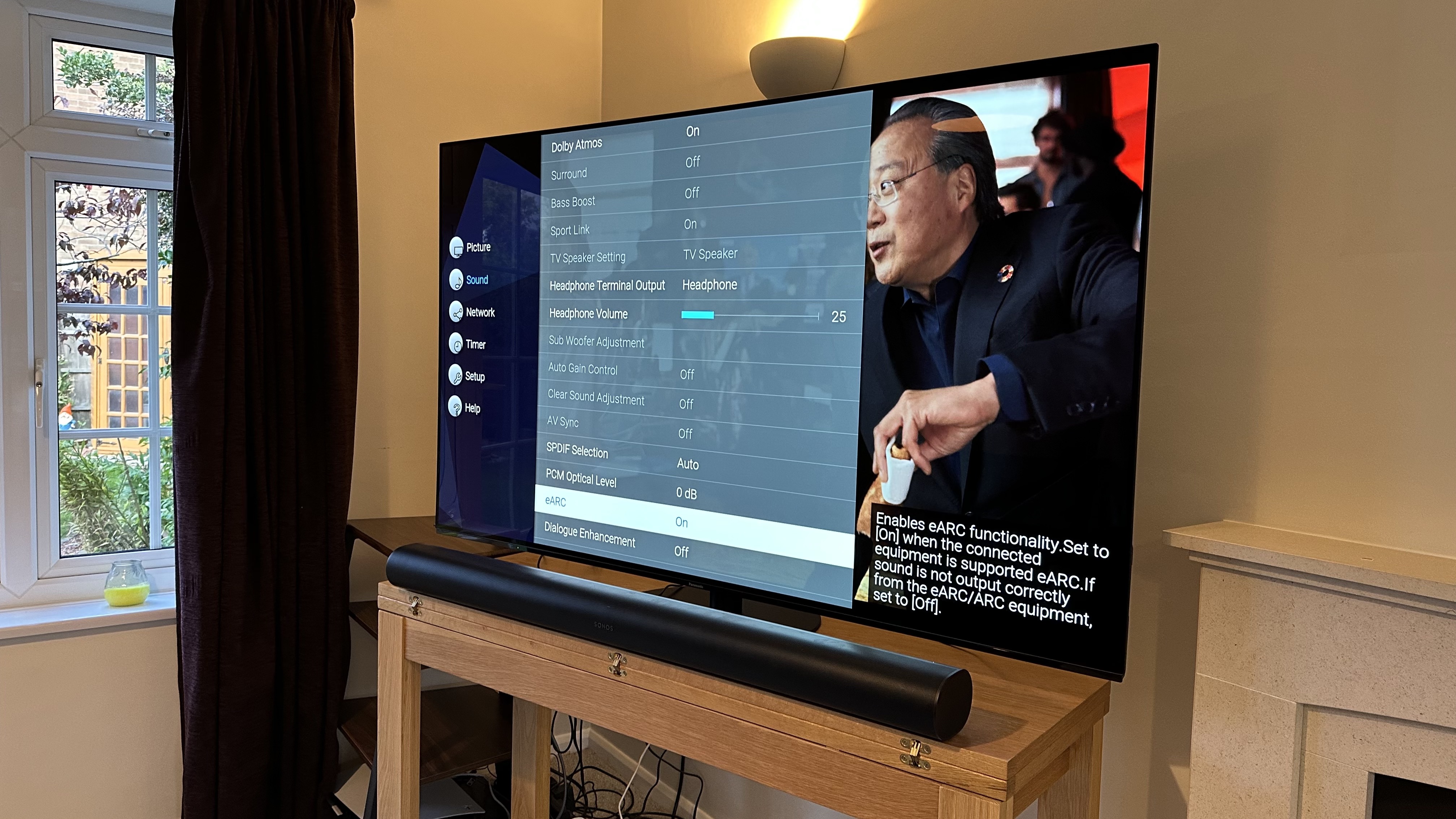
We gave Bose's previous Smart Soundbar 900 a very respectable four-star review, so we hoped the brand's latest offering would be able to step closer to the heights reached by the Sonos Arc. Unfortunately, it wasn't to be. The Bose is great when it comes to providing a sense of immersion, however, overall sound quality is paramount and it falls short of its rivals.
The Sonos Arc continues to set a high bar for what a Dolby Atmos soundbar can do to improve your TV's audio, providing excellent sound quality across the board. It’s a What Hi-Fi? Hall of Fame entry for good reason and looks set to stick around for some time to come.
MORE:
Read our full Sonos Arc review
And our Bose Smart Ultra Soundbar review
Best Dolby Atmos soundbars 2023: budget to premium home cinema sound
Sonos Arc vs Sonos Beam (Gen 2): which Dolby Atmos soundbar is best?
Ainsley Walker is a staff writer at What Hi-Fi?. He studied music journalism at university before working in a variety of roles including as a freelance journalist and teacher. Growing up in a family of hi-fi enthusiasts naturally influenced his interest in the topic. Outside of work, Ainsley can be found producing music, tinkering with retro tech, or cheering on Luton Town.
